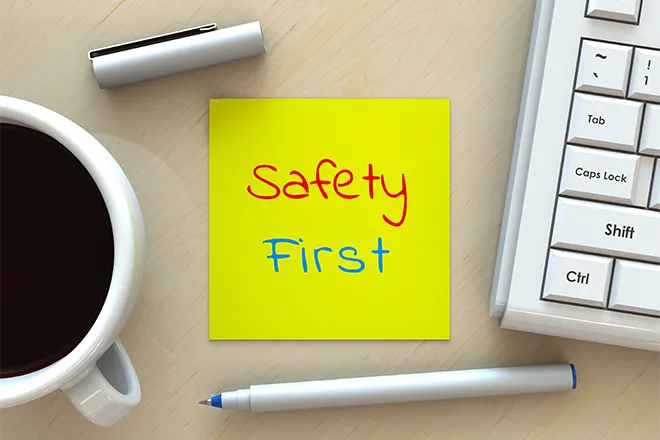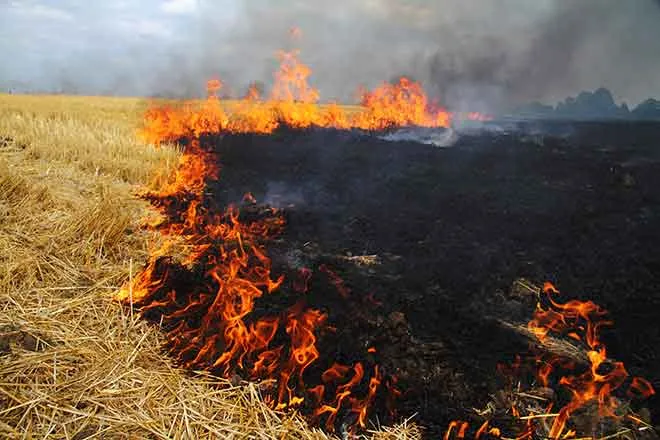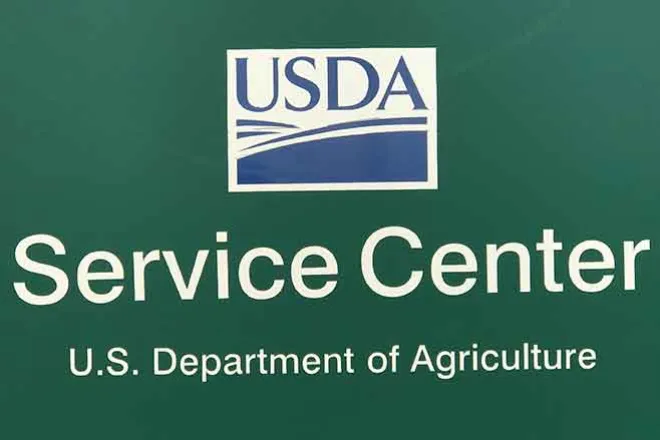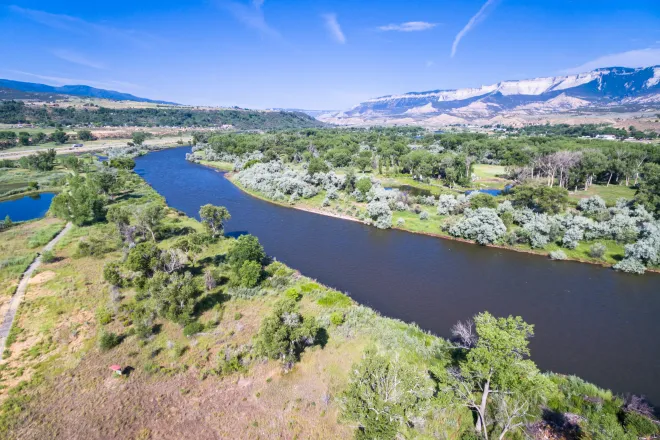
Flood Insurance: What is Covered?
Have you experienced flood damage to your home or business as a result of Colorado rainstorms? There are always many questions from the community on what is covered by insurance companies or other programs. The first step is to meet with your insurance agent to review your policy. Flood damage is covered under a separate flood insurance policy and not under your general policy. Flood insurance is purchased directly from your insurance agent. A list of insurance agents is available on the National Flood Insurance Program (NFIP) website. The most important aspect of flood insurance is to understand when coverage starts and what is not covered by the policy.
Flood Preparedness Tips
- Secure a flood insurance policy from an insurance agent.
- Review your insurance policy with your insurance agent to fully understand what is covered and what is excluded.
- Prepare your property to minimize flood damage. Follow the steps suggested by the NFIP to Prepare your House.
- Business owners can follow this Flood Preparedness Checklist.
30-Day Waiting Period
Typically, there is a 30-day waiting period from the date you purchase your policy before it goes into effect. Here are some of the exceptions listed on the NFIP website:
- If a building has been newly designated in the flood hazard area and flood insurance is being purchased within the 13-month period following a map revision.
- If a property is affected by flooding on burned Federal land that is a result of, or is exacerbated by, post-wildfire conditions when the policy is purchased within 60 days of the fire containment date.
What is Not Covered?
Coverage is limited in basements. It’s also limited in areas below the lowest elevated floor, depending on the flood zone and date of construction. These areas include:
- Basements
- Crawl spaces under an elevated building
- Enclosed areas under buildings that are elevated in full-story foundation walls that are sometimes referred to as “walkout basements”
- Enclosed areas under other types of elevated buildings
Other items not covered under most flood insurance policies:
- Damage caused by moisture, mildew or mold that could have been avoided by the property owner
- Currency, precious metals and valuable papers such as stock certificates
- Property and belongings outside of an insured building such as trees, plants, wells, septic systems, walks, decks, patios, fences, seawalls, hot tubs and swimming pools
- Living expenses such as temporary housing
- Financial losses caused by business interruption or loss of use of insured property
FEMA Assistance
The FEMA Individuals and Households Program is not available for assistance unless designated under a major disaster declaration executed by the President. There are restrictions that come with this program as well as the intent to assist with a safe living space, not to return a structure to pre-disaster conditions.
The FEMA website states, “The Individuals and Households Program (IHP) provides financial help or direct services to those who have necessary expenses and serious needs if they are unable to meet the needs through other means. Up to the IHP maximum is available in financial help (adjusted each year), although some forms of IHP assistance have limits. Flood insurance may be required as indicated below.”
This assistance program will not duplicate insurance coverage.
- Flood insurance may be required if the home is in a Special Flood Hazard Area.
- FEMA programs do not return a home to pre-disaster conditions.
- FEMA programs typically provide assistance with items to meet life-safety needs. These may include:
- Structural parts of a home (foundation, outside walls, roof);
- Windows, doors, floors, walls, ceilings, cabinetry;
- Septic or sewage system;
- Well or other water system;
- Heating, ventilating, and air conditioning system;
- Utilities
- Entrance and exits from a home; and
- Blocking, leveling and anchoring of a mobile home.
Insurance Resources

















